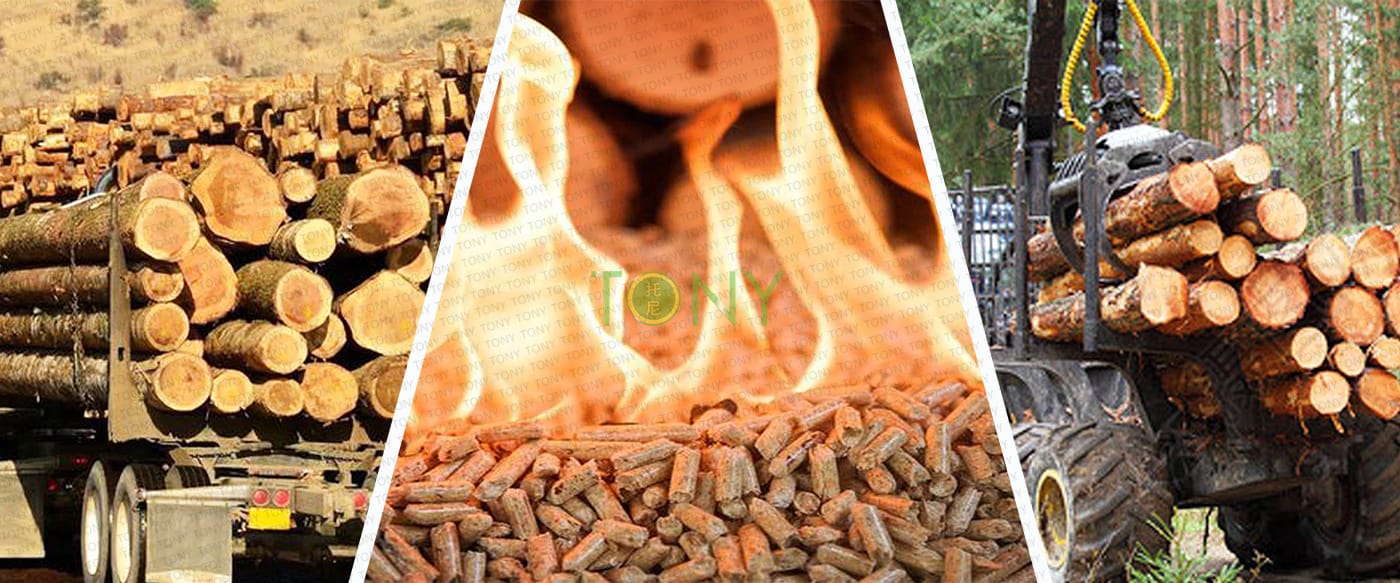The emergence of Biomass pellet fuel has indeed fundamentally updated the concept of traditional fuels. This innovation not only manifests in the form and usage methods of the fuel, but also profoundly reshapes people's perception of energy acquisition, utilization, and environmental value.
The concept of traditional fuels is often associated with "raw", "dispersed", "inefficient", and "high pollution" - whether it's coal from the countryside, firewood, or straw bundles, they exist in their natural form, with unstable calorific value and inconvenient transportation and storage. For example, rural wood burning not only requires a large amount of manpower for transportation, but also emits thick smoke during combustion, with a heat utilization rate of less than 20%, and causes serious indoor air pollution; the burning of loose coal is one of the important causes of smog, and its extensive utilization method is increasingly disconnected from environmental protection needs.

However, Biomass pellet fuel redefines the attributes of fuel with "standardization", "cleanliness", "efficiency", and "circularity". It transforms the originally dispersed agricultural and forestry waste (such as wood chips, straw, peanut shells, etc.) through processes such as crushing, drying, and extrusion, into cylindrical pellets with a diameter of 6-10 millimeters and a length of 2-5 centimeters, achieving an "industrial transformation" of the fuel form. This standardized form stabilizes the calorific value at 4000-5000 calories per kilogram, comparable to medium-quality coal, and can be transported in bags or bulk like grains, occupying no storage space, solving the pain points of "scattered, chaotic, and miscellaneous" of traditional biomass fuels.
More importantly, it overturns the inherent belief that "fuel is always polluting". During the combustion of Biomass pellets, due to the compression and pre-treatment of the raw materials, the combustion is thorough, and the smoke emission is only 1/10 of that of loose coal, the sulfur dioxide emission is close to that of natural gas, and because it belongs to the solar energy stored by photosynthesis of plants, the carbon dioxide released during combustion can be absorbed by plants, forming a "carbon cycle", truly achieving "near-zero emissions". This "transforming waste into treasure" characteristic makes fuel shift from the role of "consuming resources" to a carrier of "recycling resources" - the agricultural and forestry waste that was previously burned or discarded has transformed into an alternative energy source to fossil fuels, solving environmental pollution problems and creating economic value.
In terms of usage scenarios, Biomass pellet fuel breaks the "regional limitations" and "scene restrictions" of traditional fuels. It can not only be used in small heating stoves for rural households, but also be adapted for industrial boilers, power stations, large heating systems, and even can be mixed with natural gas and coal for energy complementarity. This "all-scenario adaptation" ability has upgraded "biomass" from an edge energy source to an important component of mainstream clean energy, completely changing the stereotype that "biomass can only be used as auxiliary fuel".
It can be said that the conceptual innovation of Biomass pellet fuel essentially transforms fuel from "natural resources bestowed by nature" into "artificially created circular energy products". It makes the value of fuel not only "providing heat", but also carrying multiple social meanings such as environmental protection, resource recycling, and rural revitalization, which is the most thorough breakthrough of the traditional fuel concept.





















